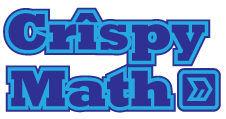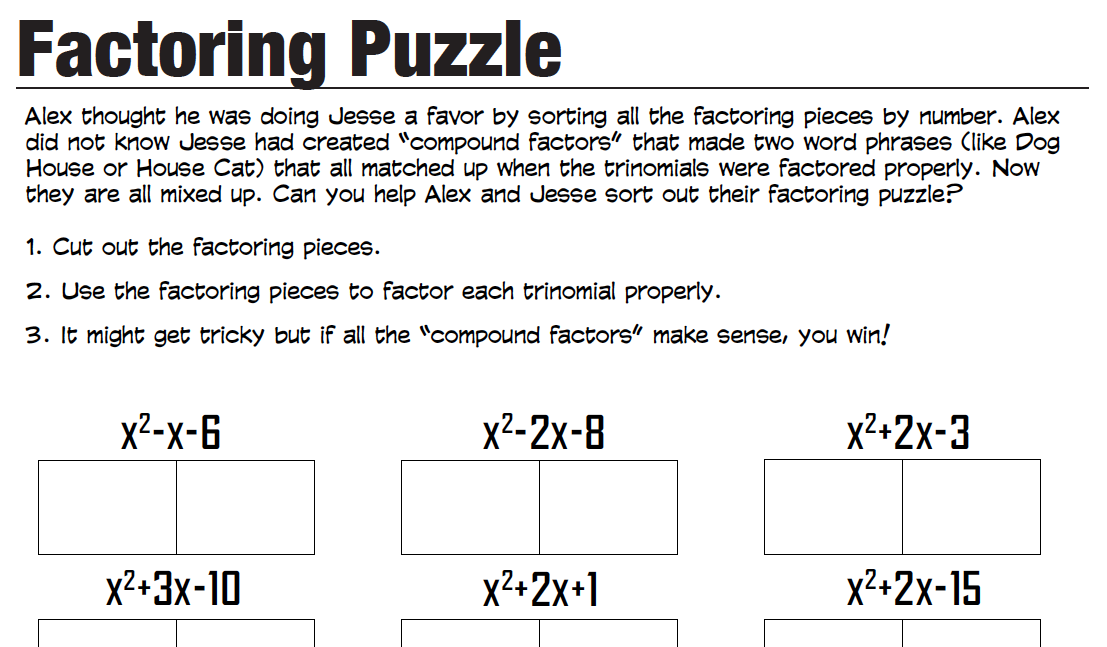Stats Puzzle
/Jennifer Gonzales at Cult of Pedagogy wrote an excellent blog post yesterday Frickin' Packets that did a great job distinguishing between different kinds of worksheets teachers use from worksheets that are just busy work that she calls busysheets to worksheets that "directly support student learning" that she calls powersheets. Jennifer also writes about how sometimes the technology we use in class is really just a busysheet in disguise.
One of the kinds of busysheets Jennifer rails against are word search puzzles. And naturally I thought "Hey I have a word search worksheet I made that is not a busysheet!" I'm not sure Jennifer would think its a powersheet but who knows. It's time to share it so I give you Stats Puzzle.
I use this worksheet on the first day I am going to teach descriptive statistics. I think I collected the words initially from the IB SL syllabus but they are pretty standard words so this should work with whatever curriculum you are using. (I've used it for Non DP and even college intro stats courses too). I created this worksheet a while ago (I need to write on this blog more) and I think I made the initial word search using puzzlemaker.com.
Here is how I run the lesson. I give students five minutes to find as many stats words as they can in the word search. When time is up they tally the number of words that they were able to find. From here we collect each others data on the board and then I lead a discussion where I invite students to use the words from the word search to talk about the data we collected. We also define words as necessary. This always proves to be very fruitful, we are able to fill the board with charts and graphs and connect the vocabulary immediately with an activity they participated in. It also gives me a sense of which words the students already have a solid grasp of and which vocabulary they are less familiar with. It is also much more enjoyable than defining lots of terms by using the bland deck of power point slides provided with the textbook.
If you are going to teach stats this year download this worksheet and give it a shot. if you'd like give me some feedback on Pinterest, Twitter, or share it with a friend, that would be awesome.



















